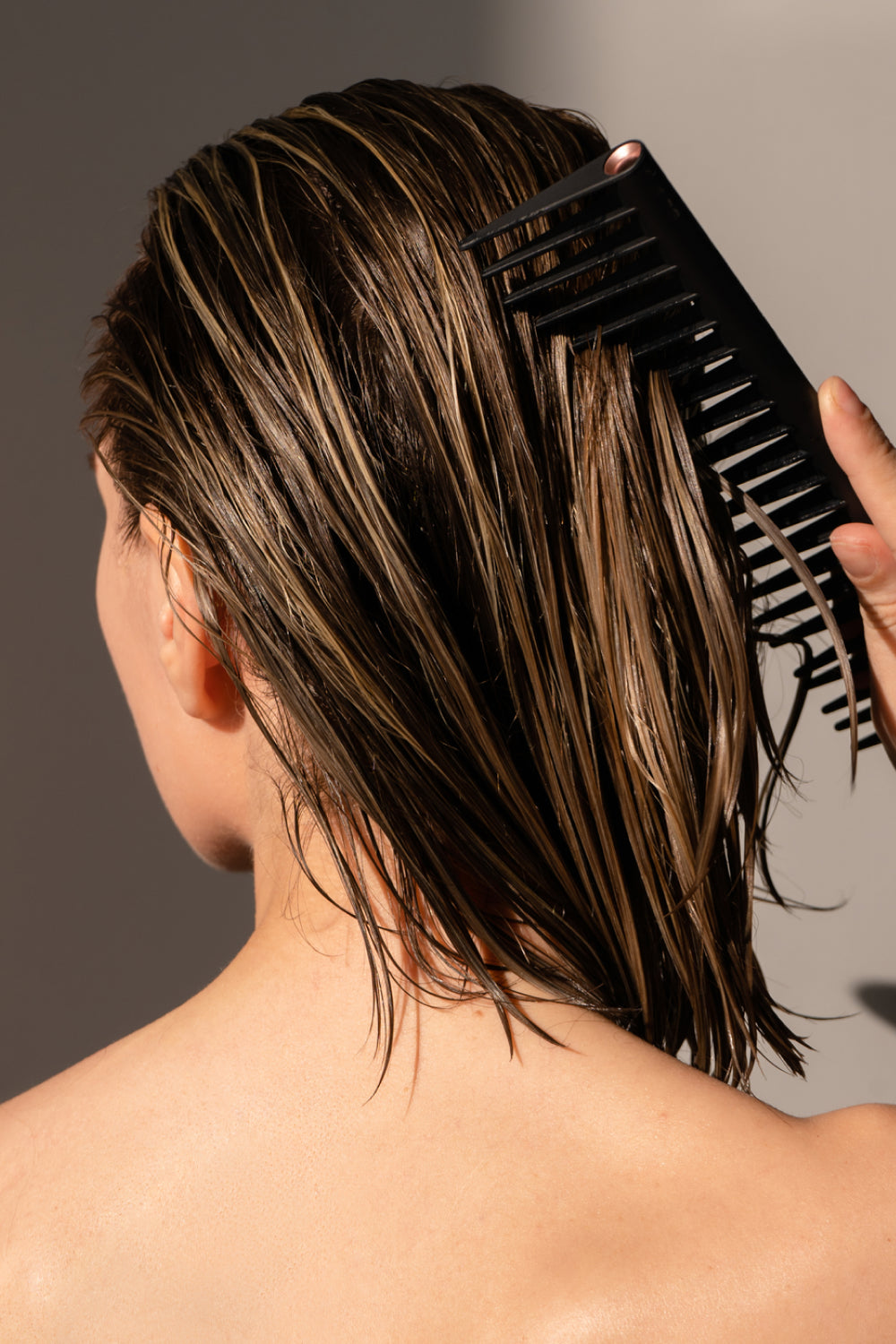Gardening Tips To Keep Your Summer In Bloom.
It’s time to get growing! June marks the official start of the summer season and with it, days full of sunshine to garden and ground yourself to the beauty of our planet. Whether your goal is a small container of herbs to cook with, having fresh tomatoes for the season or growing beautiful blooms to brighten your home, we have a few ideas on what to plant and how to care for your summer garden.
Being able to eat what you grow is a beautiful way to connect with mother earth and stay grounded by getting your hands in the dirt. Summer’s bounty is all about fresh fruits like berries, melons, tomatoes and stone fruits, plus flavor-packed herbs that you can turn into sauces, and jams. Don't for get about the veggies like peppers, cucumbers, eggplant, summer squash and figs too. (Tip: Trees are full of delicious nectarines and peaches.)
Plants that thrive in warm weather, full sun and can be grown in beds or containers include basil, dill, cilantro, mint, parsley, oregano, rosemary, sage, chives, lettuces, tomatoes and (surprisingly easy-to-grow) strawberries. If you have more space, watermelon, cantaloupe and honeydew are fun to watch grow, but the vines can be up to 20 feet long. Keep in mind that, to grow your food to eat, you must plan accordingly. Tomatoes take about 75-100 days to produce fruit, melons can take up to 100 days and strawberries will be ready to pick about 3-4 weeks after flowering. Most herbs can be ready to harvest in about two weeks, depending on the size of plant when you purchased.
To brighten up your flower beds, smaller gardens, and pots try growing blooming flowers such as zinnia, dahlias, petunias, lavender, verbena, begonia, or geraniums. If space isn’t an issue, try gorgeous heirloom roses, delphinium, hydrangea and hibiscus. These flowers not only bring vibrant colors to your garden but also attract pollinators like bees and butterflies. Remember to keep them well-watered and fertilize with organic compounds to promote continuous blooms.
If you want to cover ground quickly, consider planting creeping thymes. They produce small purple blooms. Other great options are candy tuft for white flowers or moss verbena. They can cover large areas in just a few weeks, are low-maintenance and ideal for hot, dry summers.
June is also a time to cut back spring-blooming bulbs like daffodils and tulips. Removing the flowers and leaves after they have completed their bloom cycle will help keep your garden tidy and encourage new growth for next season.
If you’ve ever heard the phrase "things grow where you water them", then you know that what you give your attention to will flourish. To maintain your garden, regularly remove any dead leaves or stems to prevent disease from spreading and keep an eye out for pests like aphids and spider mites. Using organic pest control methods can help keep your garden healthy and safe without harming beneficial insects.
To take it up a notch, why not enjoy some of summer’s herbaceous, fruity and floral scents in the bath? Try these summer-lovin' scents inspired by gardens and more:












